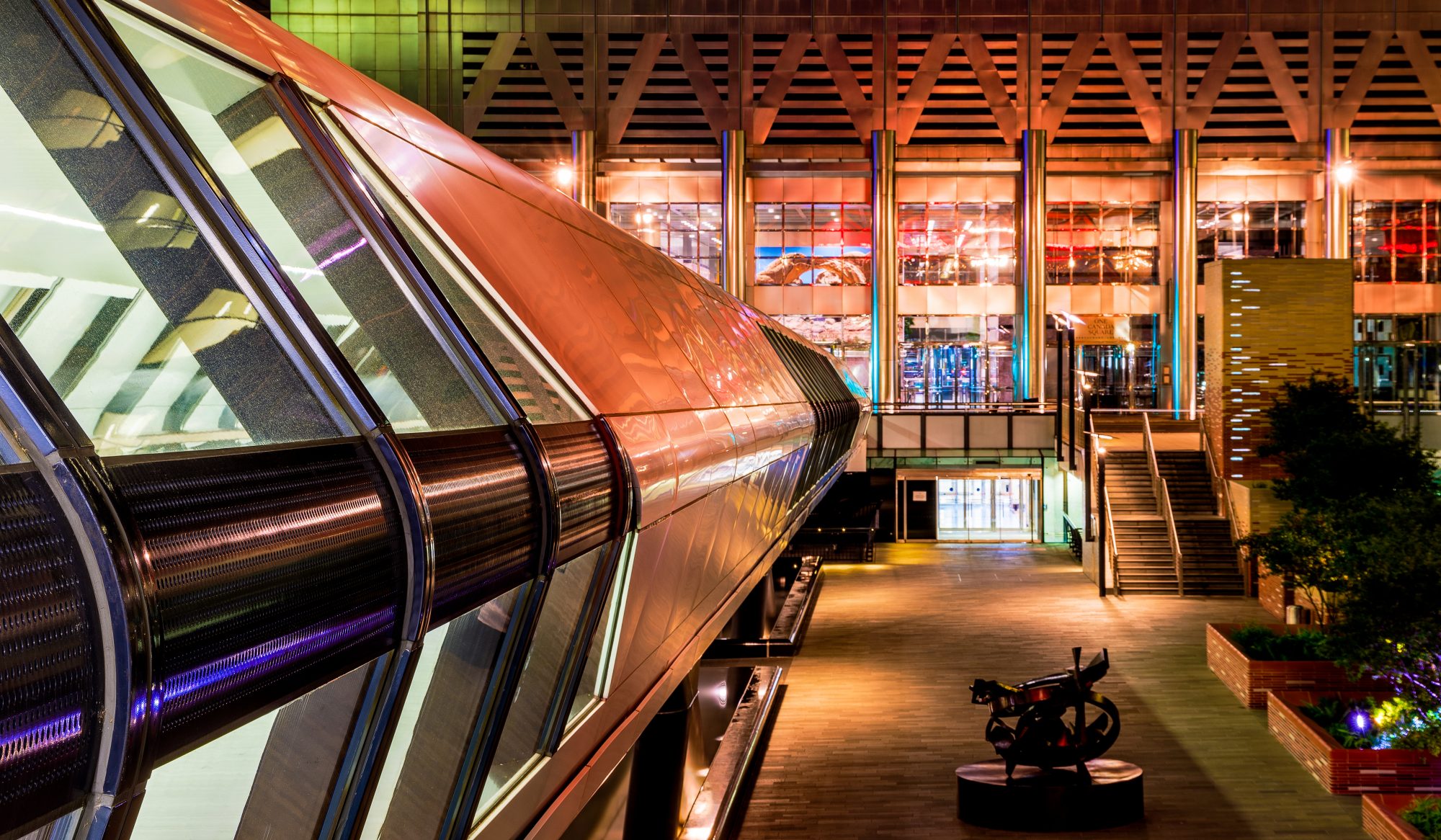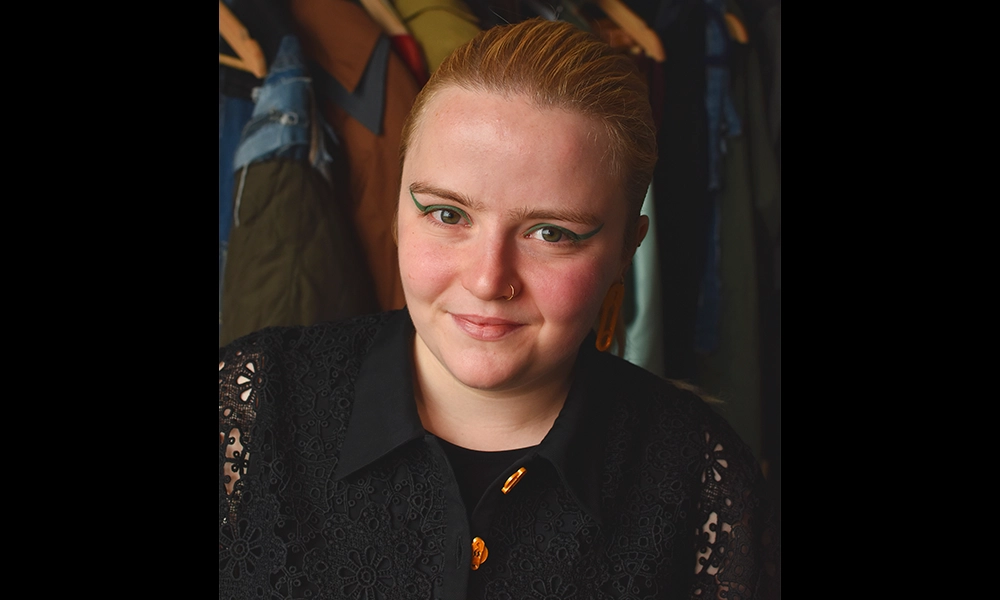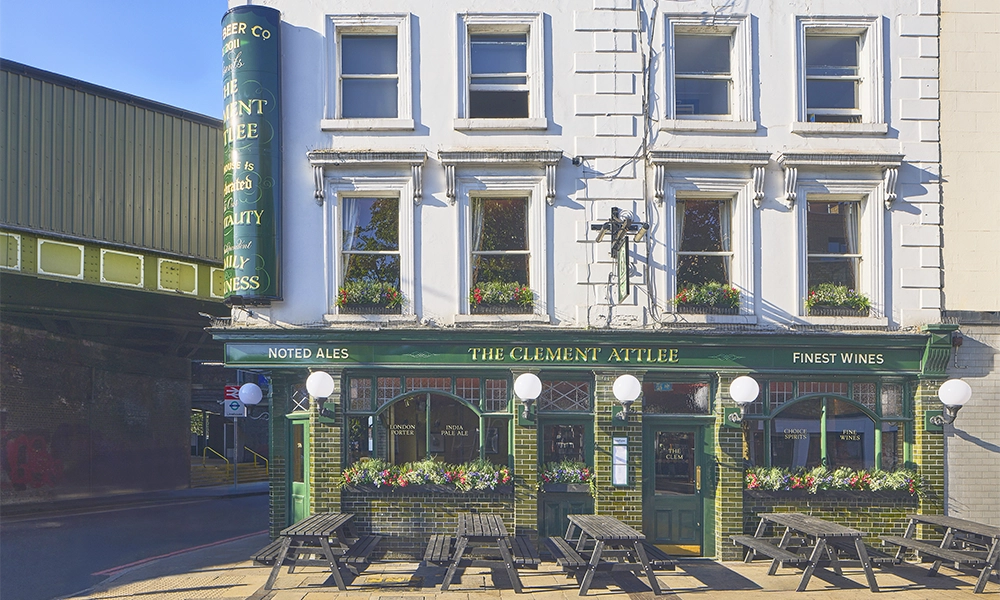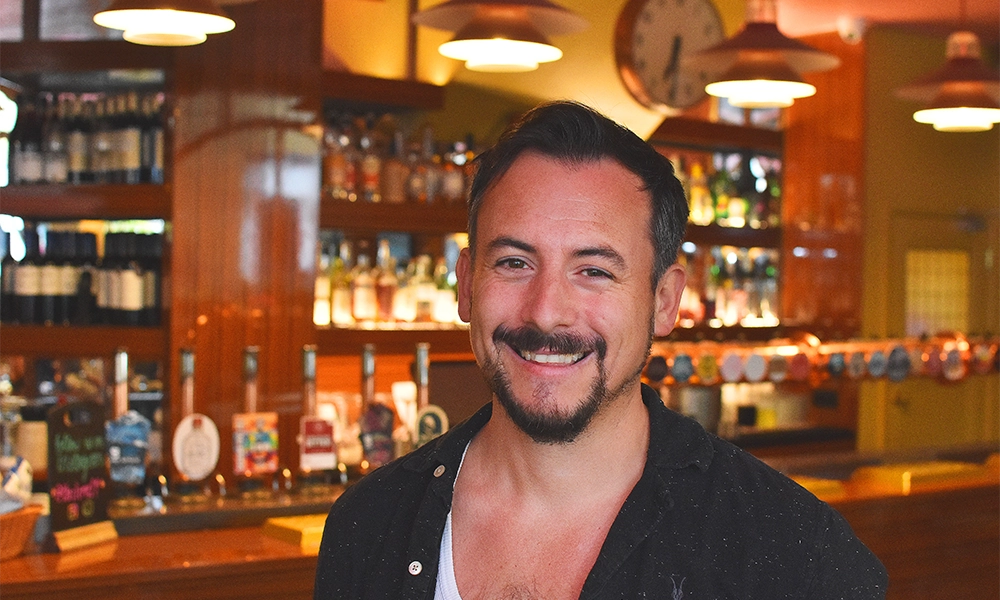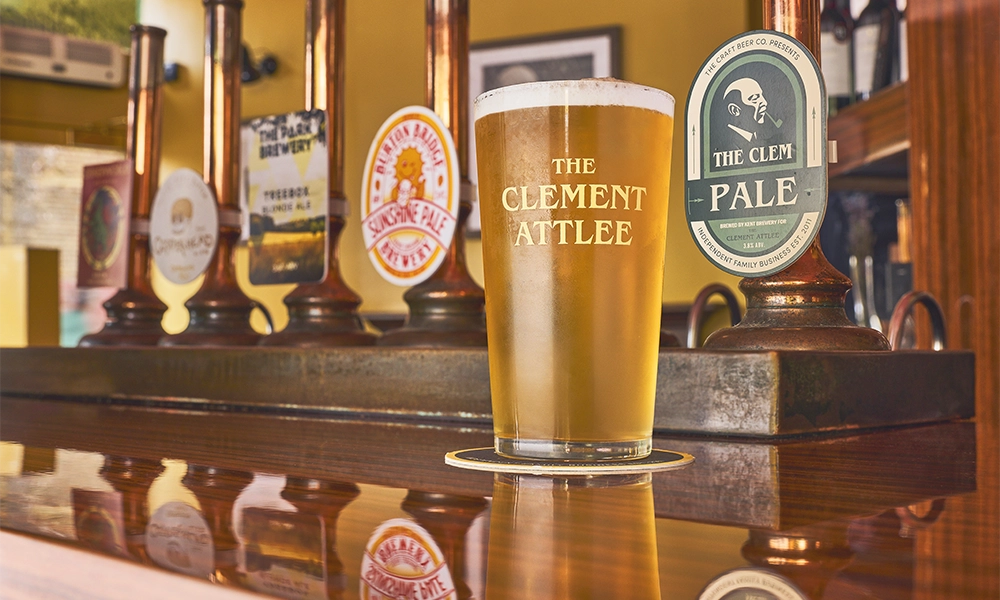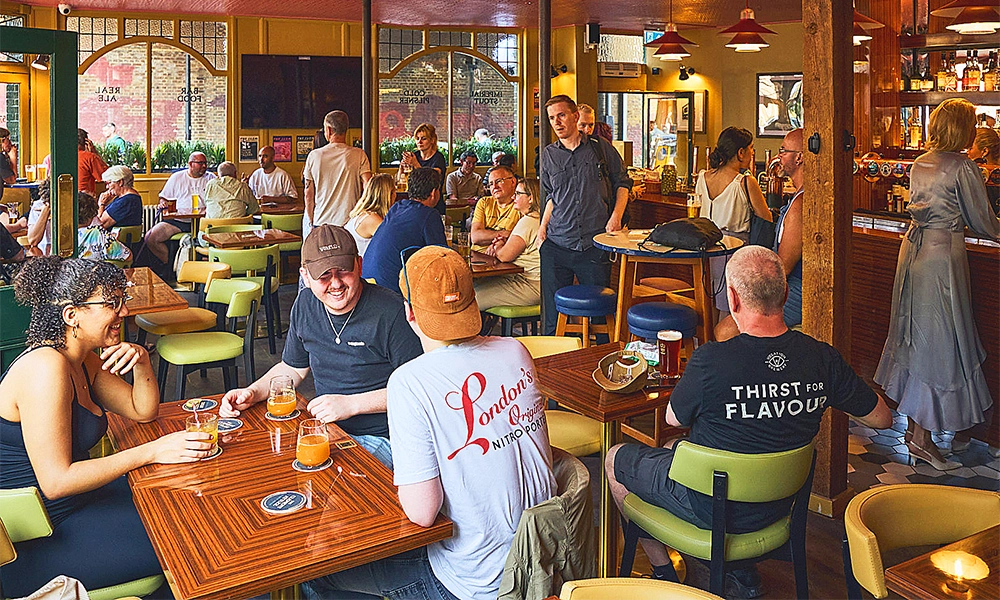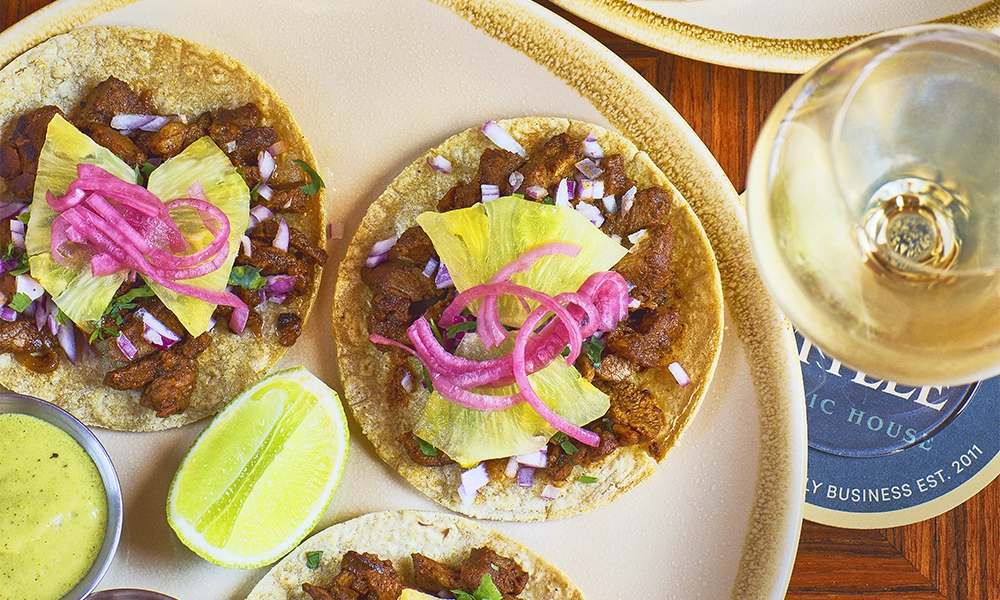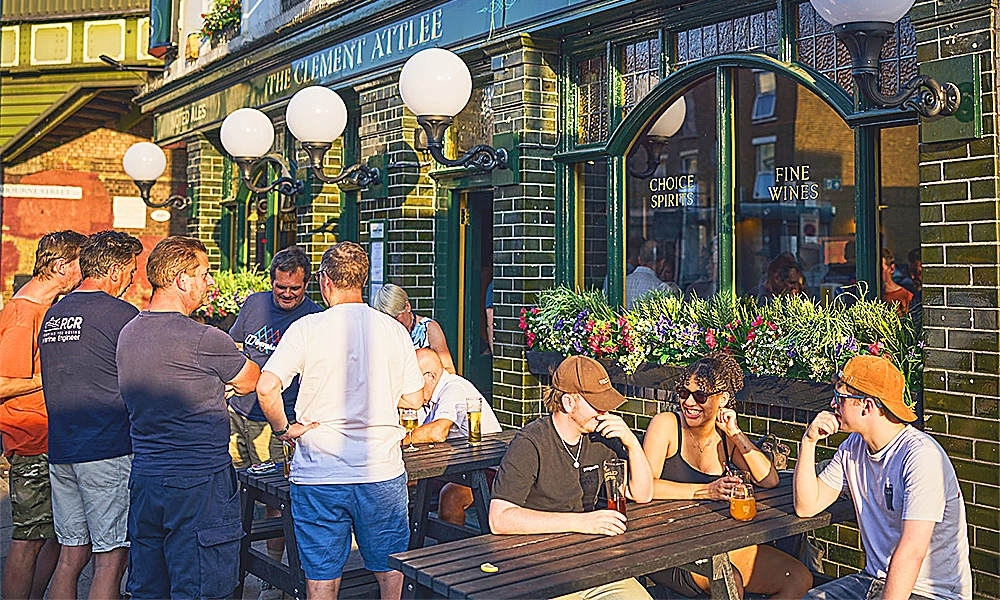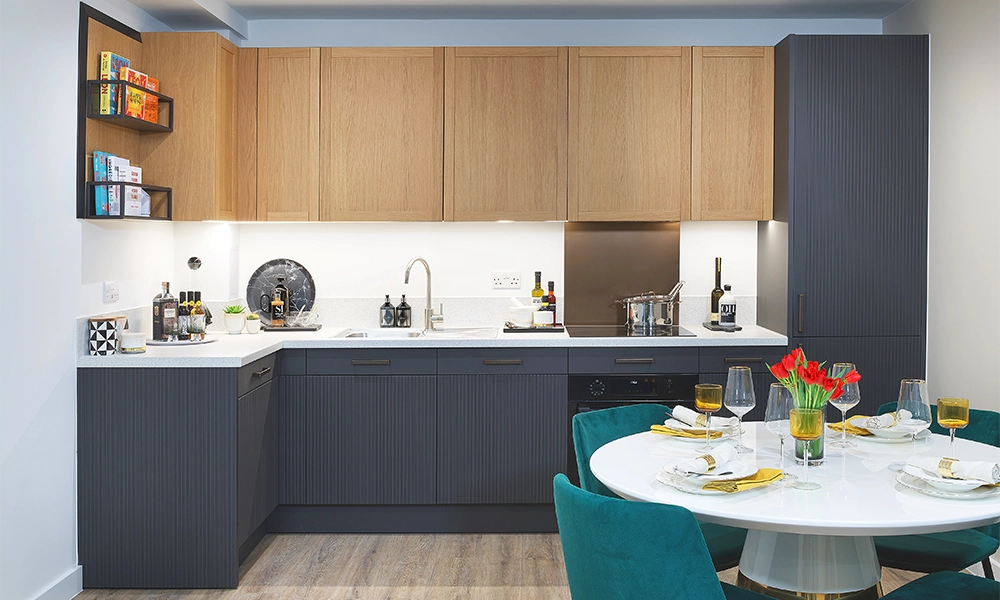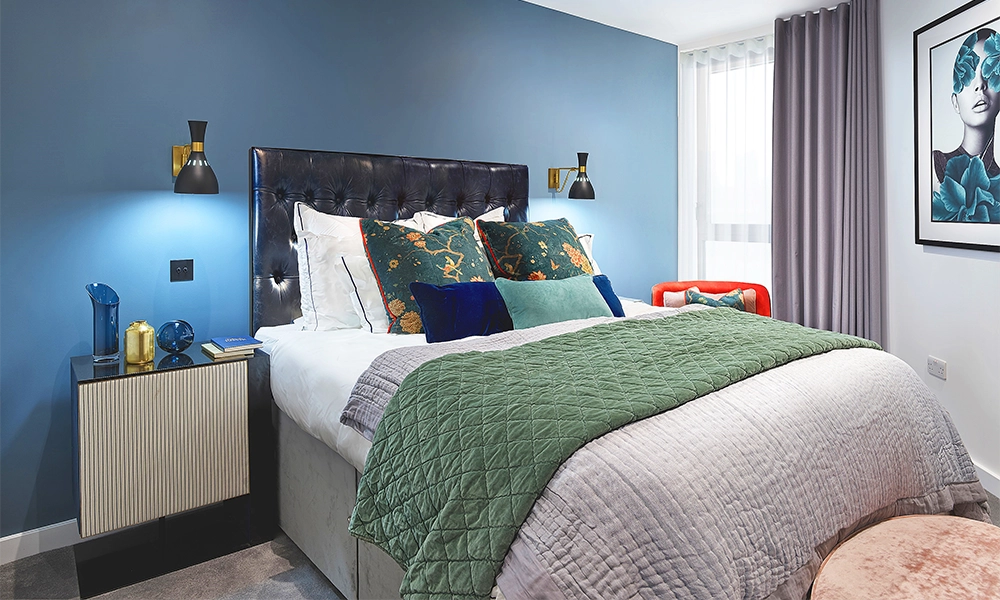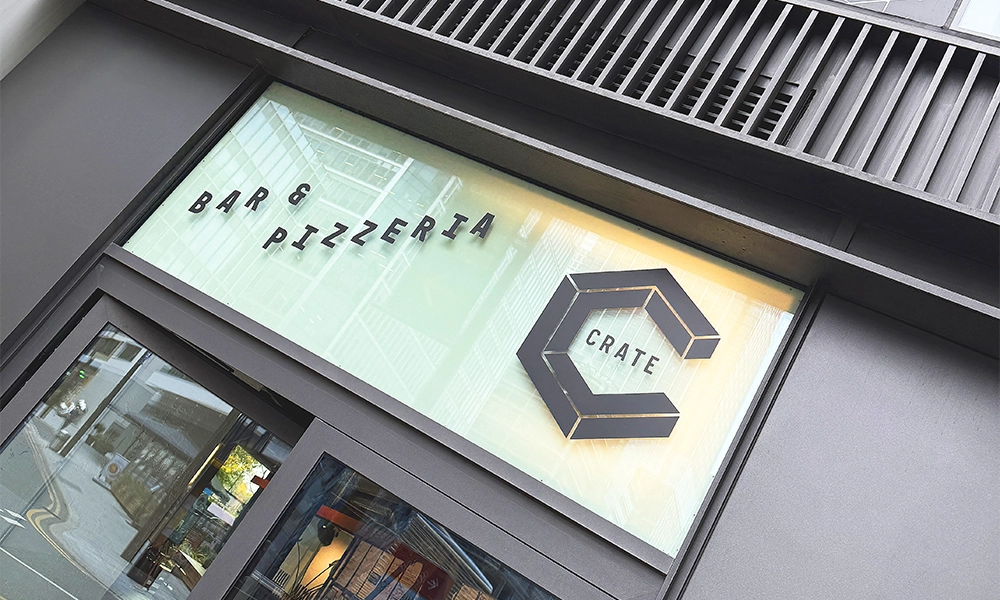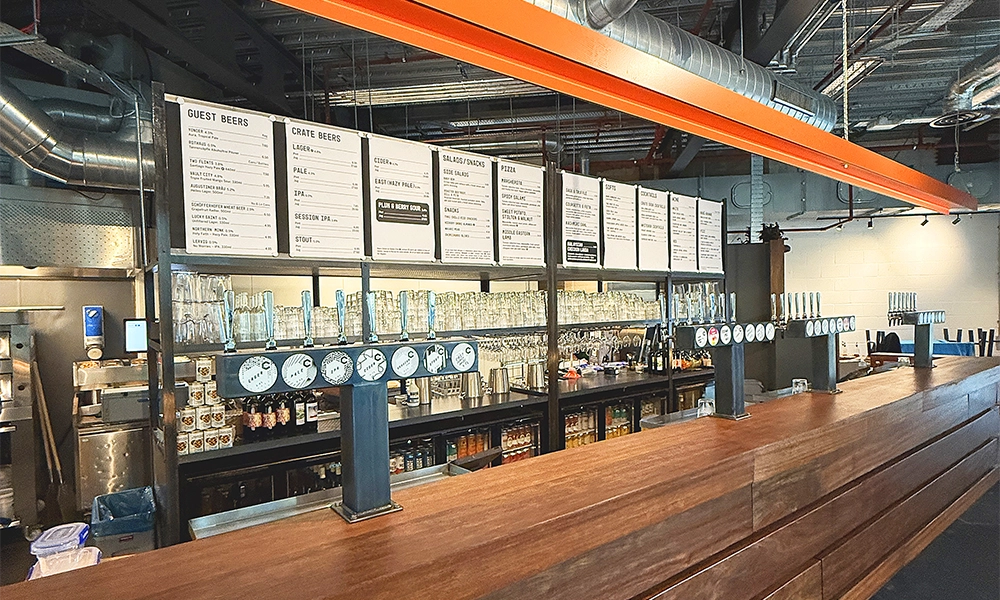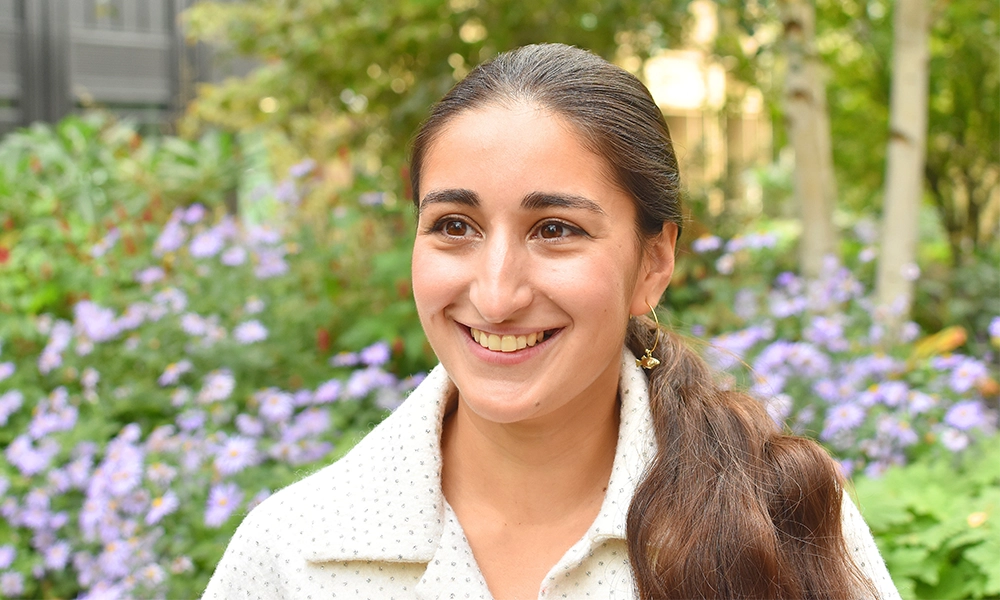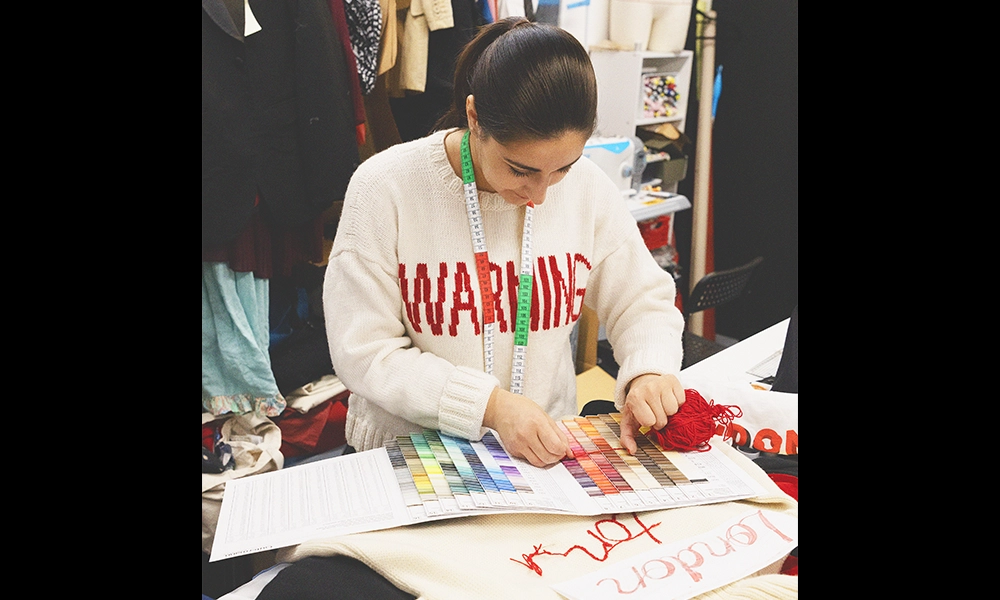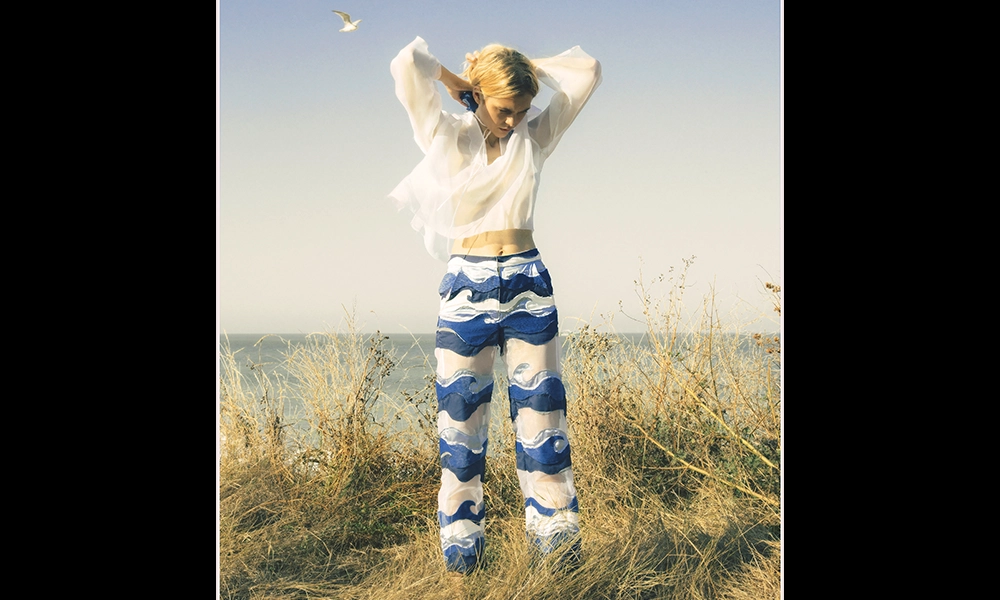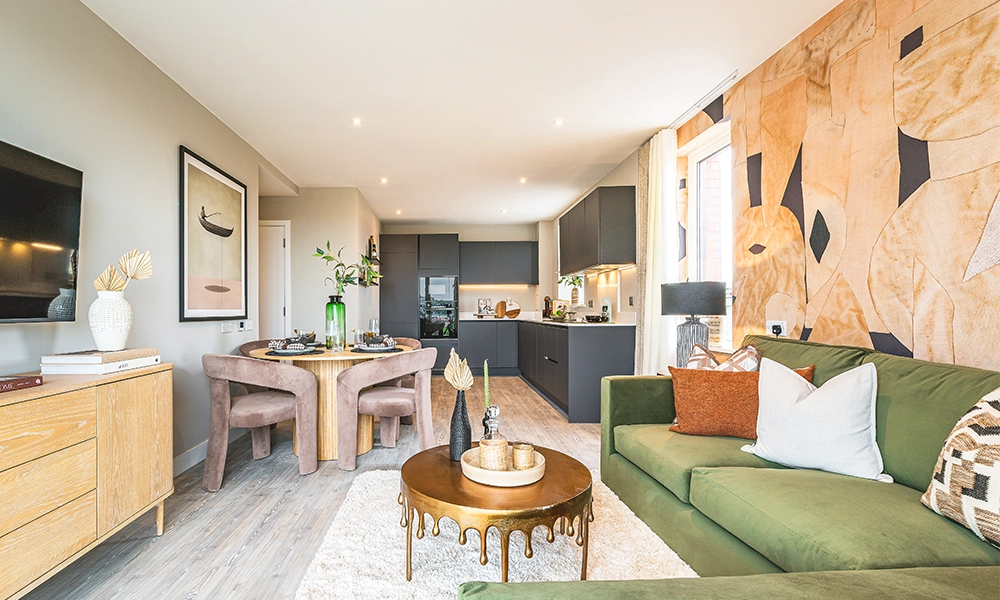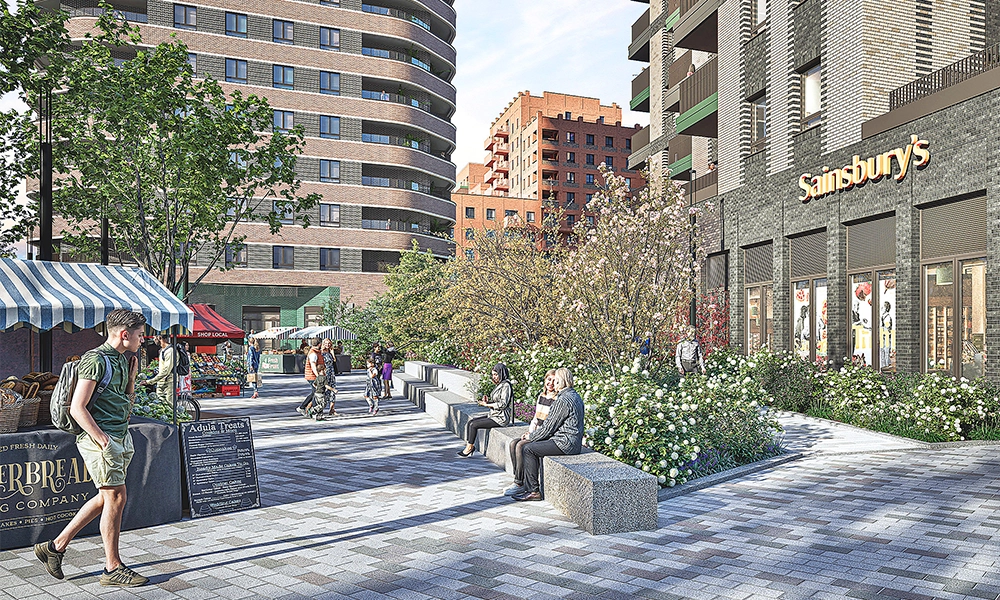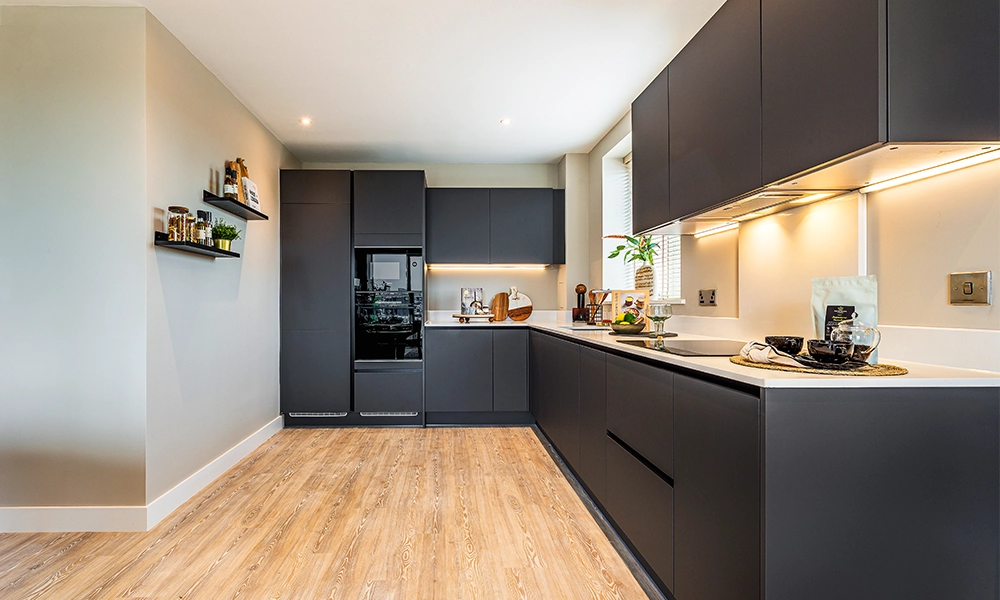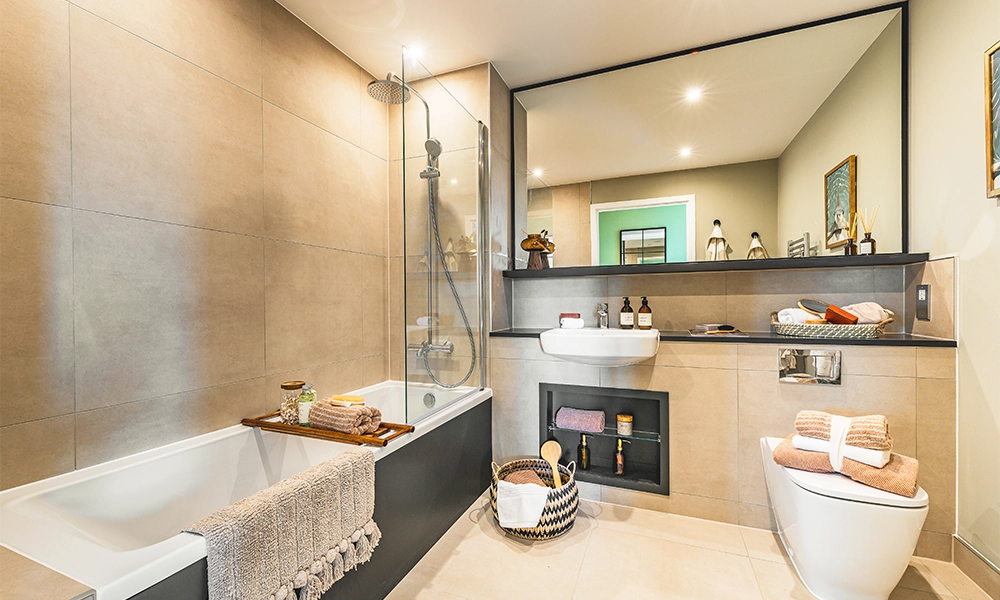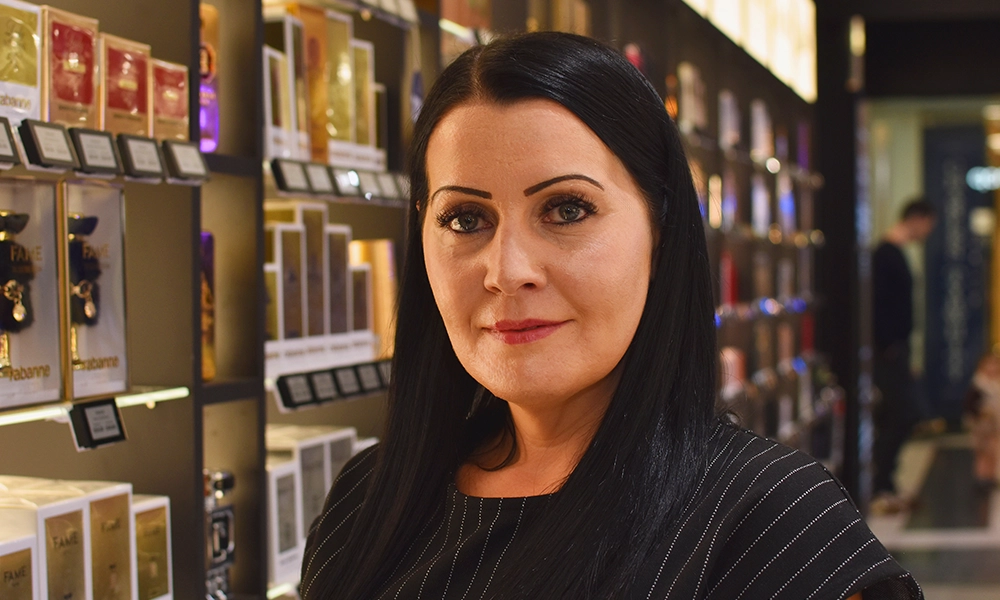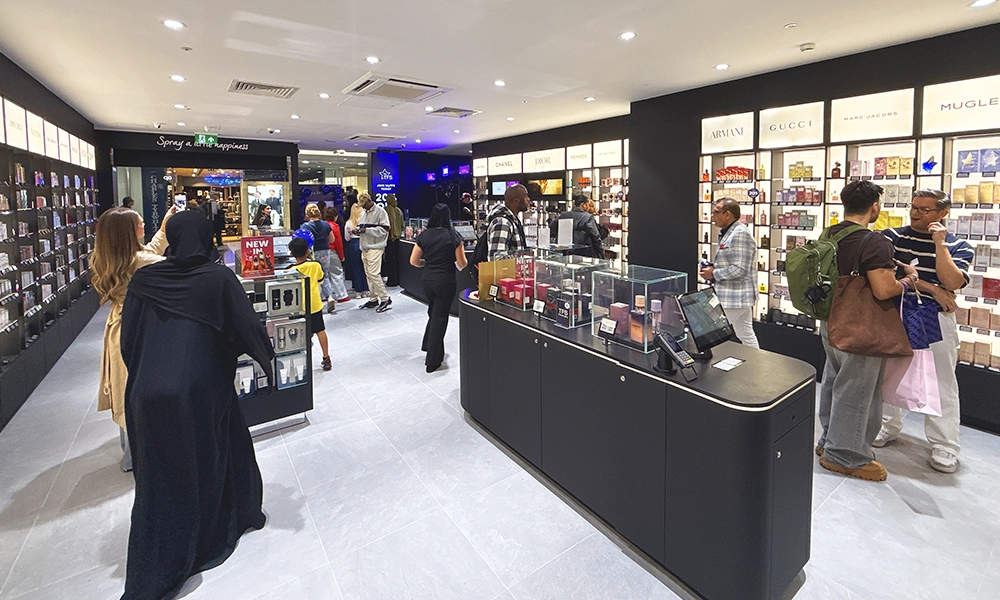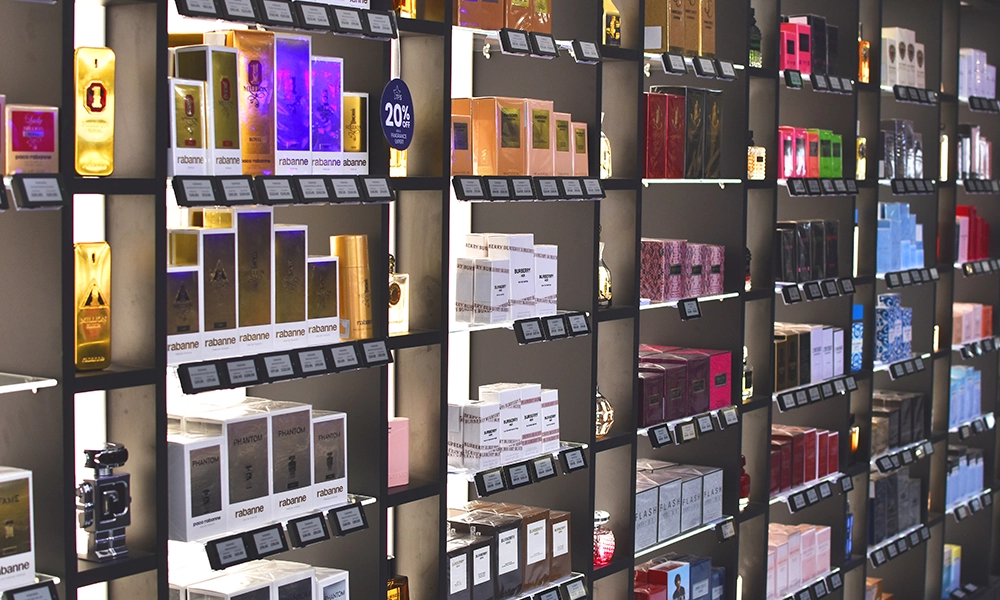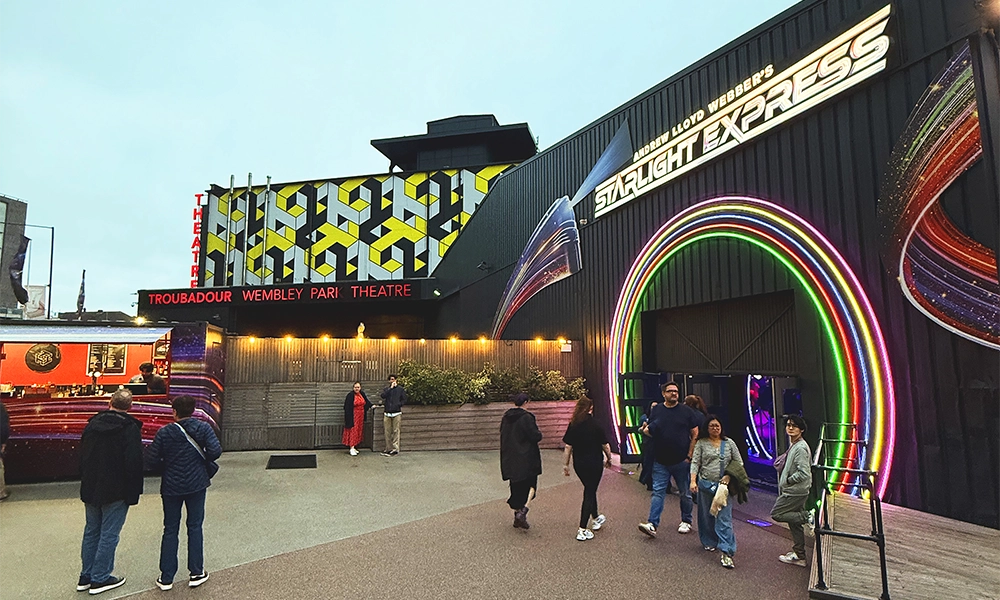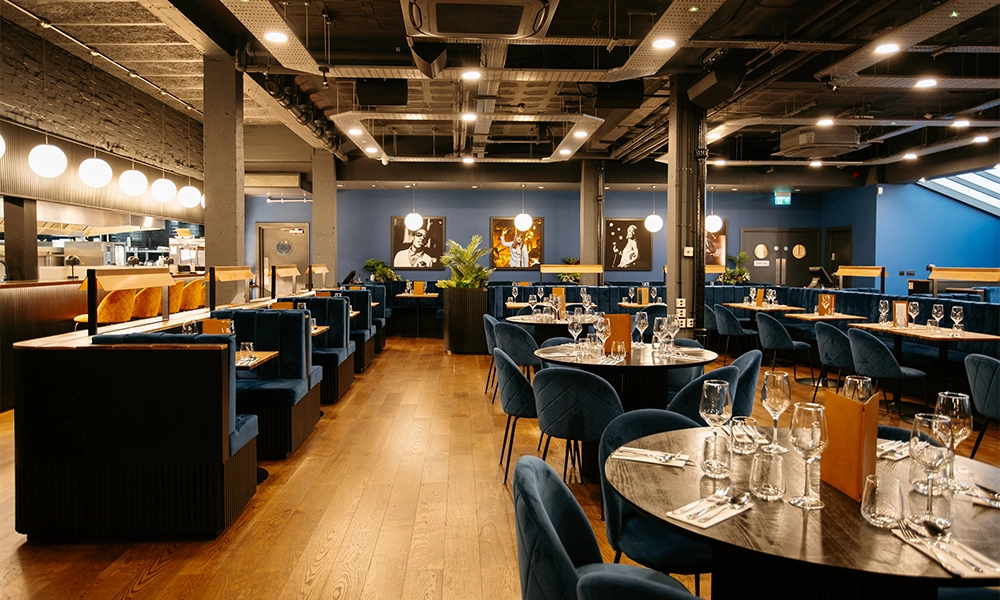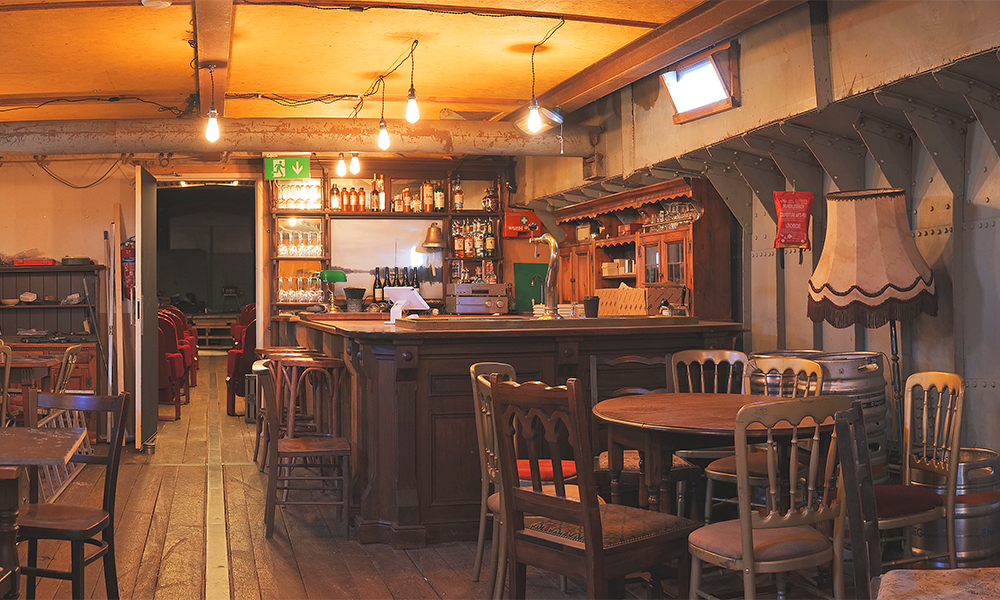Hour-long show invites ticket holders to experience the highs and lows of being famous as Immerse LDN welcomes its latest attraction

Subscribe to our free Wharf Whispers newsletter here
…as I sink into the soft, supple leather of the private jet’s seat I reflect on my journey to becoming famous. In all honesty, it hasn’t been that long.
A few seconds actually, just enough time to walk up the steps into the aircraft.
But already I’m being treated as though I’m a bona fide celeb.
From here, it’s a whirlwind of photoshoots, screen tests (I am, after all, a noted movie star with a reputation for playing evil villains), agent meetings and hedonism.
Just another day as an A-lister until the machine inevitably spits me out the other end…
Fame Factory at Excel London, the latest immersive experience to open at the venue’s waterside quintet of spaces, Immerse LDN, turns out to be a sophisticated bombardment of a celebrity simulator.
Ticket holders pick their character, sip a glass of fizz (optional) in the Entourage bar, then head off to board their flights to guaranteed renown.
From there, its up to an extensive cast of actors to create and reinforce that fantasy over the course of an hour as a blizzard of scenes unfold.
The attraction itself has been created by live events and broadcast outfit Done+Dusted, with one of the production company’s partners, Hamish Hamilton, at the helm.
It’s fair to say he’s a man who knows the reality of fame.

the pedigree of Fame Factory
“My background is as a television director specialising in live events,” he said.
“Over the years I’ve directed the Oscars, Superbowl events, the Brits and the Emmys – I’ve been immersed in this world of celebrity and red carpets.
“One day, when I was on a red carpet, I realised it was a surreal experience – I never thought I would be doing this when I was growing up in Blackpool.
“I also thought it would be great to give everyone the experience of being famous for 15 minutes.
“Simply put, that was the genesis of Fame Factory, although that 15 minutes has now become an hour.
“I love immersive theatre – the best show I’ve ever been to was You Me Bum Bum Train, which was a life-changing experience for me.
“I saw the first one in east London and I just loved the immersion.
“It got me thinking about how we could create something that would be a lot of fun and which would bring people together – something universal.
“Everybody understands fame, likes attention, likes to feel special, likes being fussed over, and that’s what this Fame Factory is all about.
“It’s really simple – you come down and have an hour of fun, feel great and get to be everything you’ve always wanted to be.
“It’s a series of scenes you experience on sets with actors.
“Some rooms fairly passive – where information comes at you and others are less so.
“You might be asked questions or have the opportunity to participate by posing for a photoshoot or making a video.
“People might think that’s not for them, but everyone who has come through has said it’s been amazing – the actors are really kind and you see some of the quietest people just come alive.”

the highs and the lows…
While there’s plenty of glitz and glam, the experience is far from a straight puff piece for the world of celebrity.
“We definitely poke fun at fame and its characteristics, and at those who perhaps place too much emphasis on it,” said Hamish.
“The experience is not a wafer-thin glorification of fame – there’s a lot of humour and stupidity, and you’re asked to laugh at yourself, at the situations and at the banality of it.
“In the bar are many assets with captions attached to them which illuminate some bizarre celebrity mishaps that I’ve been adjacent to over the years.
“We also include downfalls, because there’s definitely a darker side to celebrity and we explore that. In the end, fame is entirely constructed.
“Some of the characters you meet in the experience are part of this construct.
“There are many people who are famous because they are magnificently talented.
“Some put those talents to good use while others maybe not so.
“But being famous is also a talent in itself – you don’t need to be as talented as you are famous.
“There are gifted artists and there are celebrities – they’re not the same thing.”
A lot rests on the technical side of the show, which runs in parallel with the experience.
Guests are filmed and snapped as they progress through the scenes with that content used to decorate and enrich the story.

content created at Fame Factory
“My favourite part is actually when people see what we’ve done with what we’ve shot, using all the production values you’d expect – collating it, blending it and layering it with music to create a narrative,” said Hamish.
“People often sit there going ‘OMG’. Then they’re asking how we did what we did.
“Quite often the shows I’m involved with directing are ‘one and done’.
“Those have budget constraints, time constraints and commercial imperatives.
“They’re very stressful but, once you put them out into the world, that’s it.
“With Fame Factory it’s amazing to sit in the bar and hear how groups coming through the experience felt – which scenes they liked and why.
“This is a living, breathing organism – every show you do is different.
“It’s genuinely immersive, genuinely interactive, and there are an infinite number of permutations to the show.
“The guests might pick a character to play but they set the scene and direct their own role so it’s never the same twice.
“In the end, it’s not my show or Done+Dusted’s.
“We’ve laid the groundwork but people weave their own narratives through the storylines and the sets.”
The experience ends with a dedicated awards ceremony for each group in the Entourage bar where participants can also access free and paid-for content created during the show.
An extensive range of merchandise is also available for those who like to wear their celebrity on their sleeves.

key details: Fame Factory
Tickets for Fame Factory at Immerse LDN start at £17.50 with the experience booking into November at Excel.
Find our more about the experience here
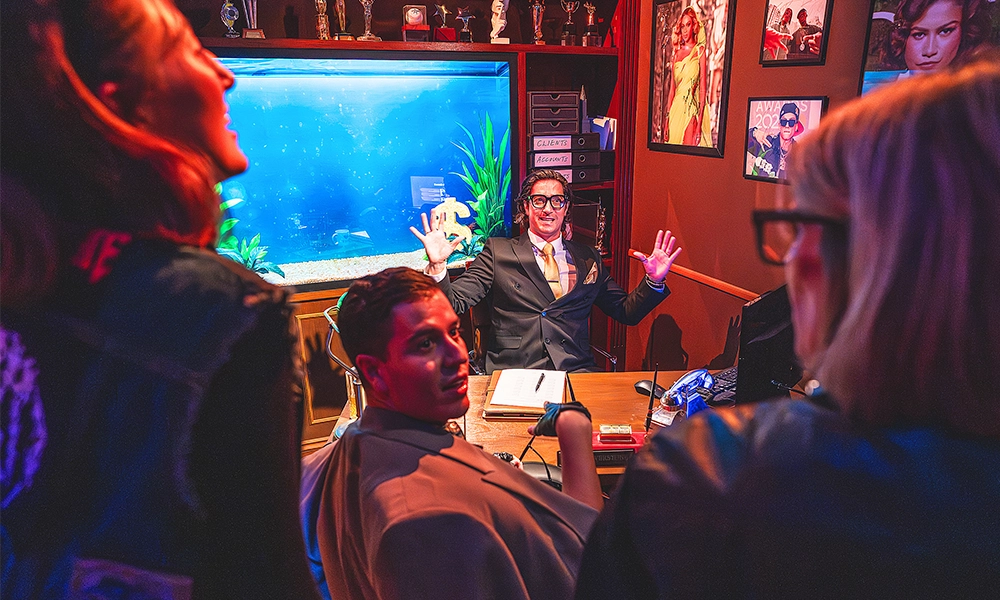
Read more: Amazing Grace set to open second location in Canary Wharf
